Where Do Experts Start with Garden Design
The beginnings of an idea….
The point of inspiration for a magical landscape design
Creating a concept design for a garden, a broader landscape, or an urban space, brings in a wide range of skills and experience. Here we are commencing a series of blogs with the point of inspiration. The series will move on to share insights on how we go about designing your garden, and how you might do some of this yourself (see on our news pages here starting next week). This can be done in a step by step manner to some extent, although marrying everything together to include your practical needs and your personal aesthetic tastes is a bit like a magic trick and can be hard to explain!

Here we wanted to start this process by sharing how our professional team seek their inspiration to guide our clients through the process and how we create not only beautiful spaces, but unique ones grounded in their individual context.
Conceptual design – the starting point
We aim to create order from this complexity in a series of elegant and considered steps. Having started with an in-depth analysis of our client needs and tastes, we typically step back and seek a point of inspiration from which we can extract a unifying "design language". A unifying symmetry, geometry, repetition and order can be developed. Using this, the shapes, features and volumes of the garden can be arranged in an internally consistent manner, and one which has some resonance to the site and to the individual client.
It all starts with a single point of inspiration, the beginnings of an idea, which we analyze, study, abstract and extrapolate into the built form. An idea that could be something completely abstract in itself or something more intimate and contextual in nature. It should resonate, inspire and evoke an emotional response and becomes the linchpin that guides the basic direction or framework of our designs. Informing the aesthetic look and feel of the spaces we create and serves as a constant source of reference as the design evolves.
Example-Landscape Design for a Rural New Build
The concept driven approach is particularly useful on a larger site where designs can become functional and "bitty". In these cases the options available to you are almost limitless and developing an overall "language" for the site can be invaluable in making decisions and avoiding a piecemeal result. Choosing a favourite gate or piece of sculpture in isolation can be a good start to deciding on styles, but within an overall design choices need to be coherent to be blended into a consistent whole.
When researching the local area of a large site in Hampshire for a recent client, we were surprised to find that it sat in an area historically known for salt production. The geometry of the ponds used for this is very striking and would have been a dramatic landscape feature at the time.

Looking at these shapes and exploring how to develop and abstract that into something we can use on the ground, we chose a series of squares arranged in slightly irregular patterns.
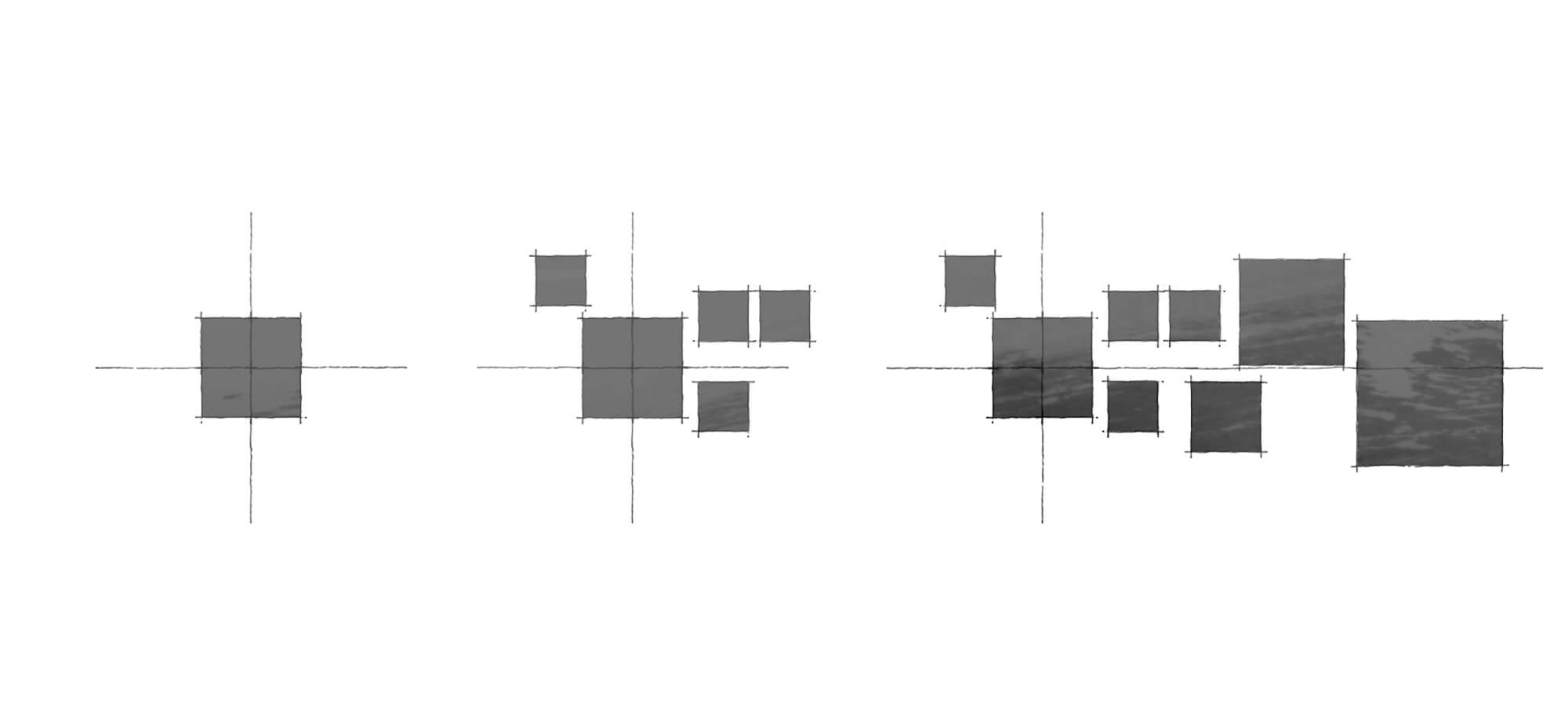
Where it led…
How this translated on the ground was a pleasing overall integrated masterplan (it's the right hand plot on the diagram below). More formal areas close to the house have a tighter grid of formal elements, and this loosens away from the property, into meadows with mown paths and a naturalized river cutting through.
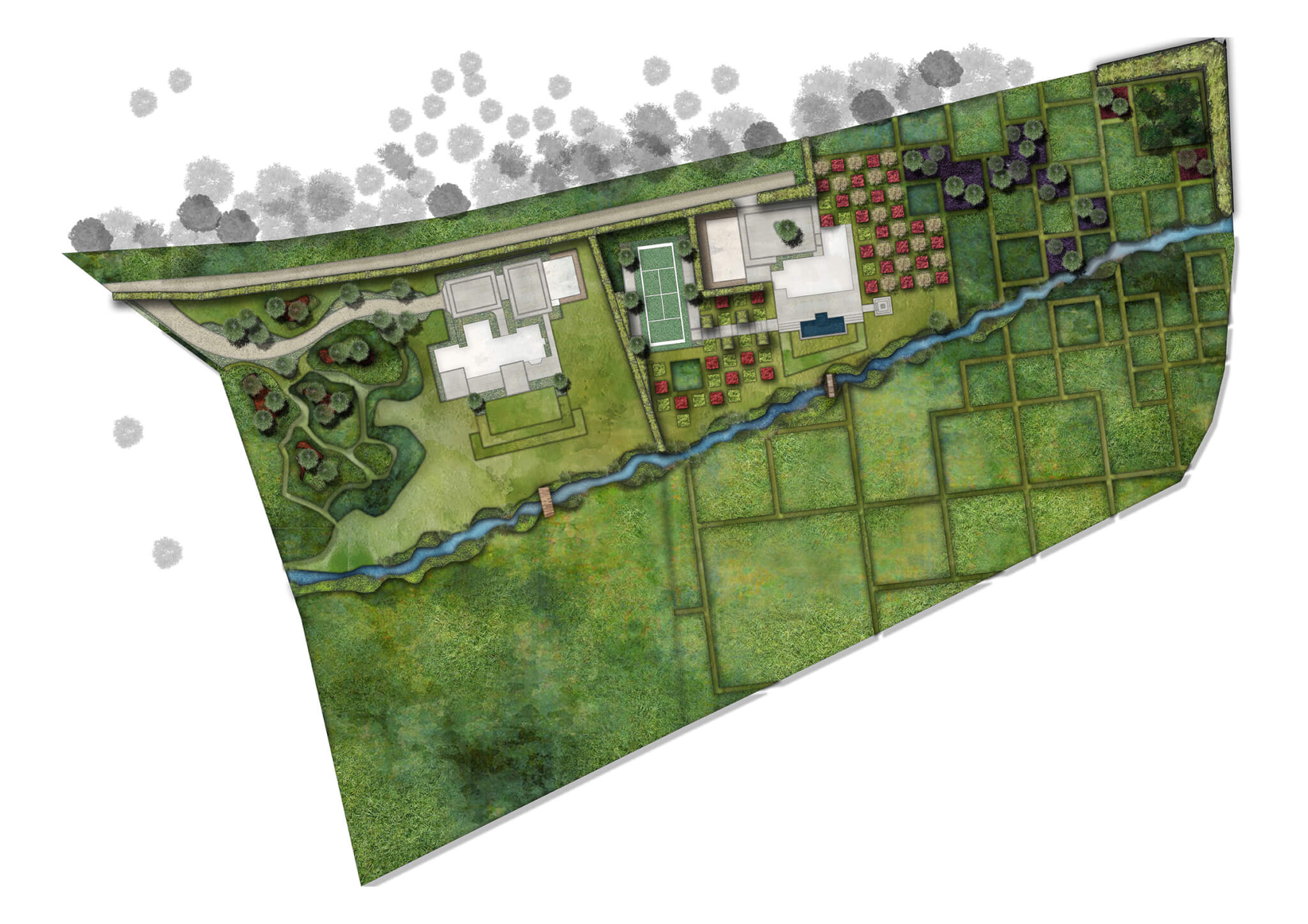
The potential within this concept is enormous and provides a guiding language for the detailing of the design whilst not constraining the creativity of the designers or the opportunity to shift the "feel" of the garden within any individual area. Changing the planting or materials palette can shift the design from cool to warmer, from very traditional to achingly contemporary- there is still a lot to do, but the design feels grounded and meaningful.
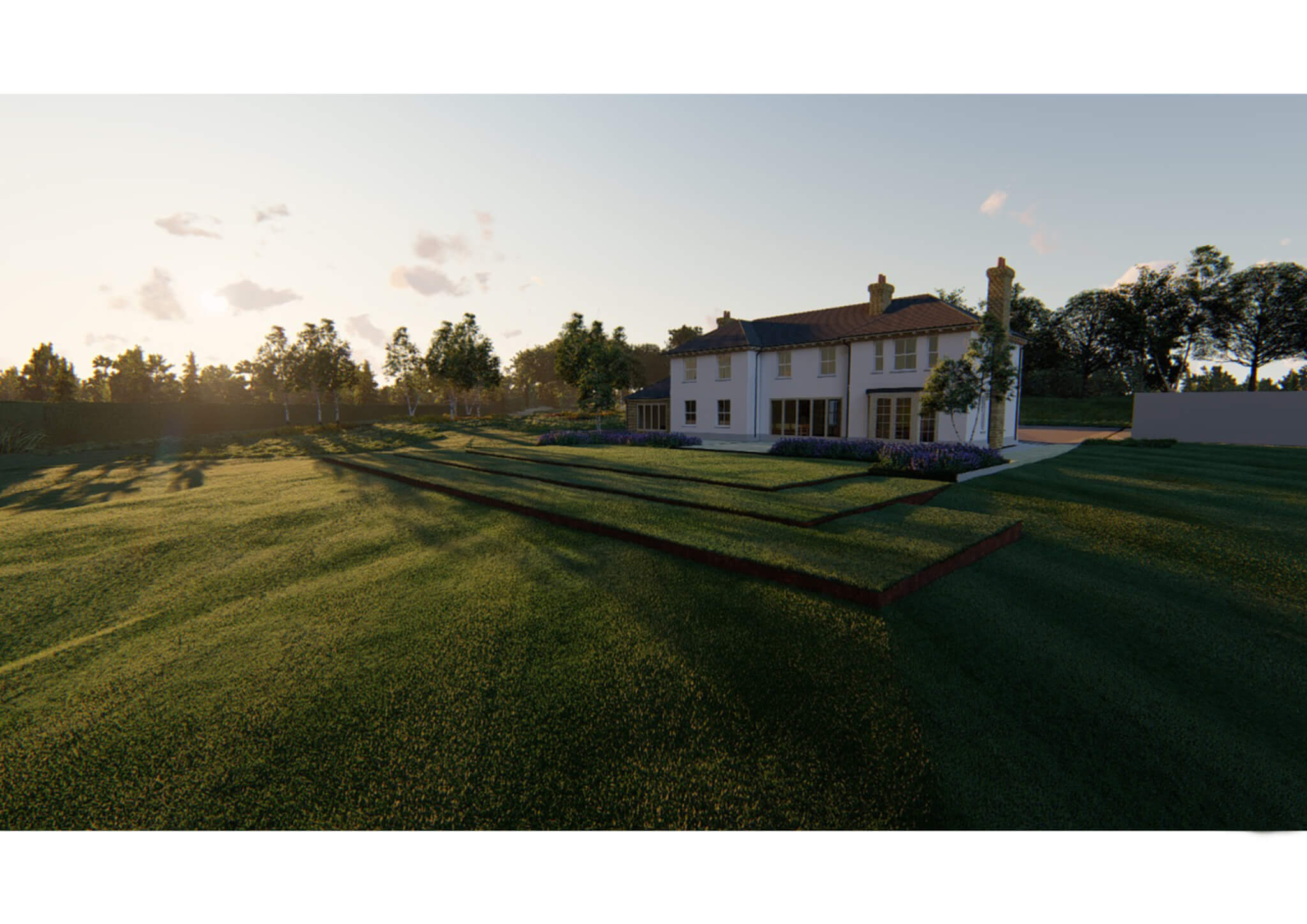
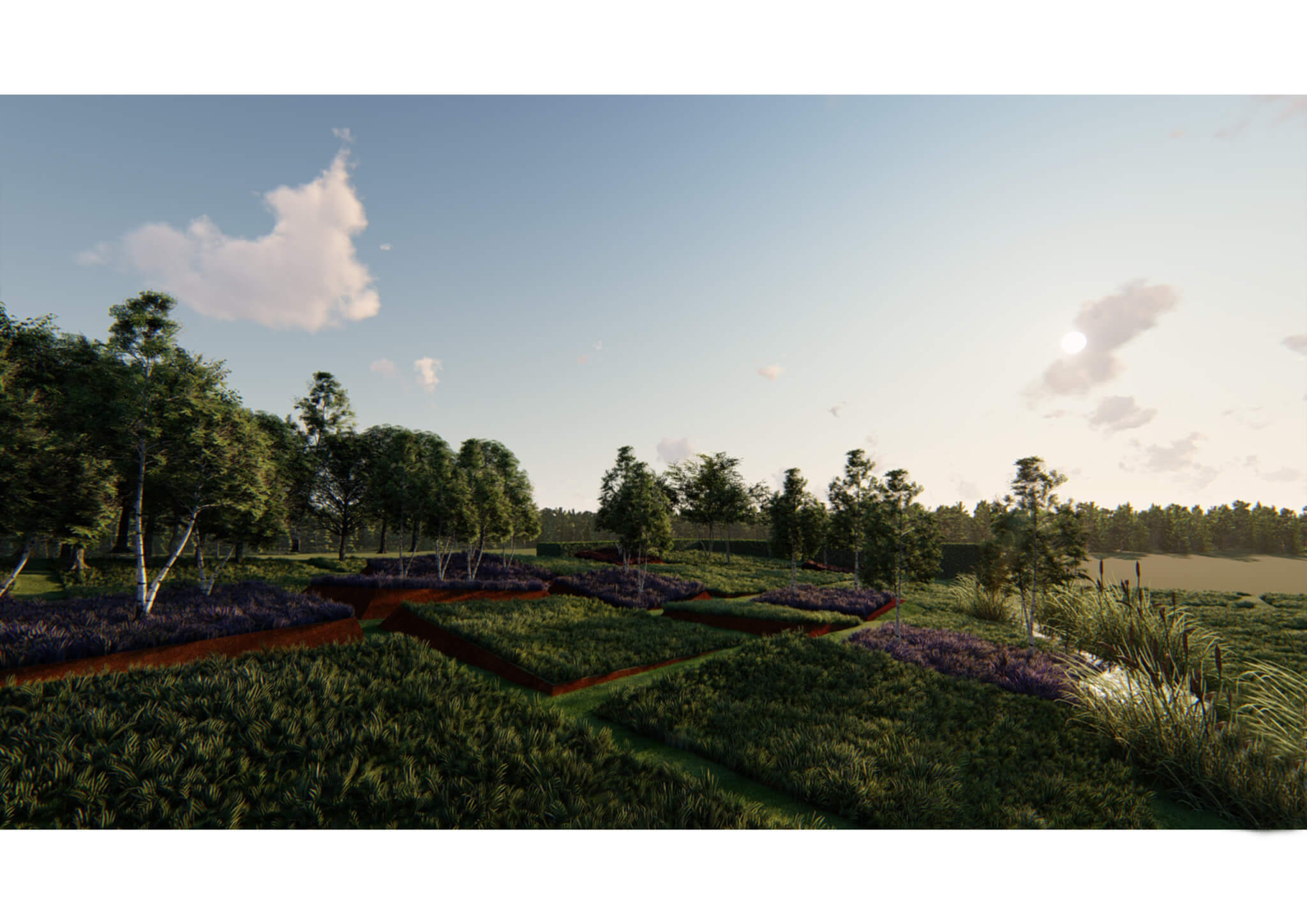
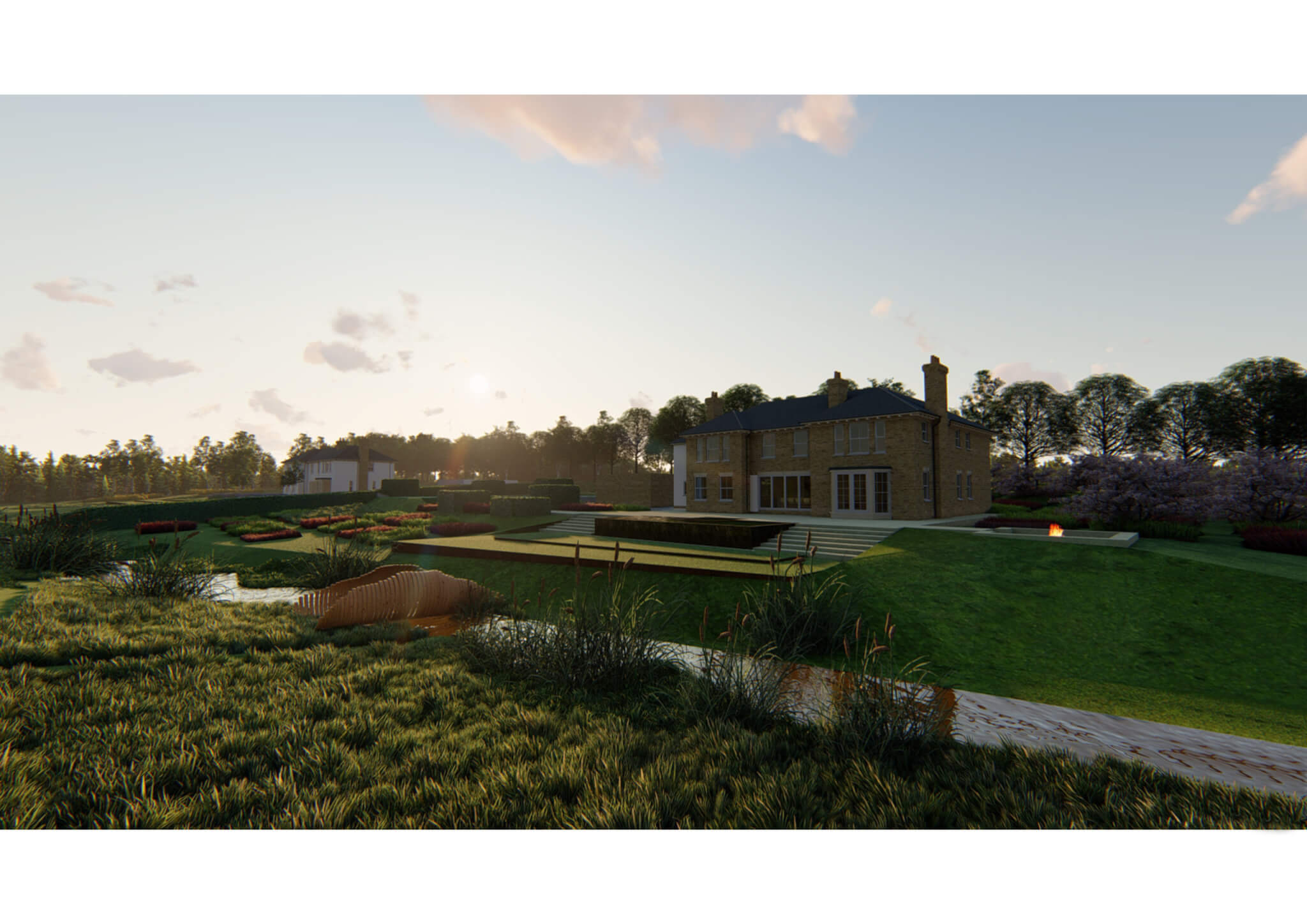
From Masterplan to detailing…
This approach is powerful for adding details too- in this case we were asked to design a bespoke sculptural bridge across the stream and the inspiration used was the peeling bark of the large number of birch trees found at the margins of the site.


Example- Small Enclosed Development
The concept design approach is just as valuable for a small site where every line and angle matter and space is tight. Every detail needs to count.
In this example the client had expressed a liking for angular, irregular shapes that were reminiscent of a mineral landscape…dried mud perhaps…


We then look at how to pull this apart into a geometry that is useful to us, as well as thinking about how this might be used in three dimensions…..
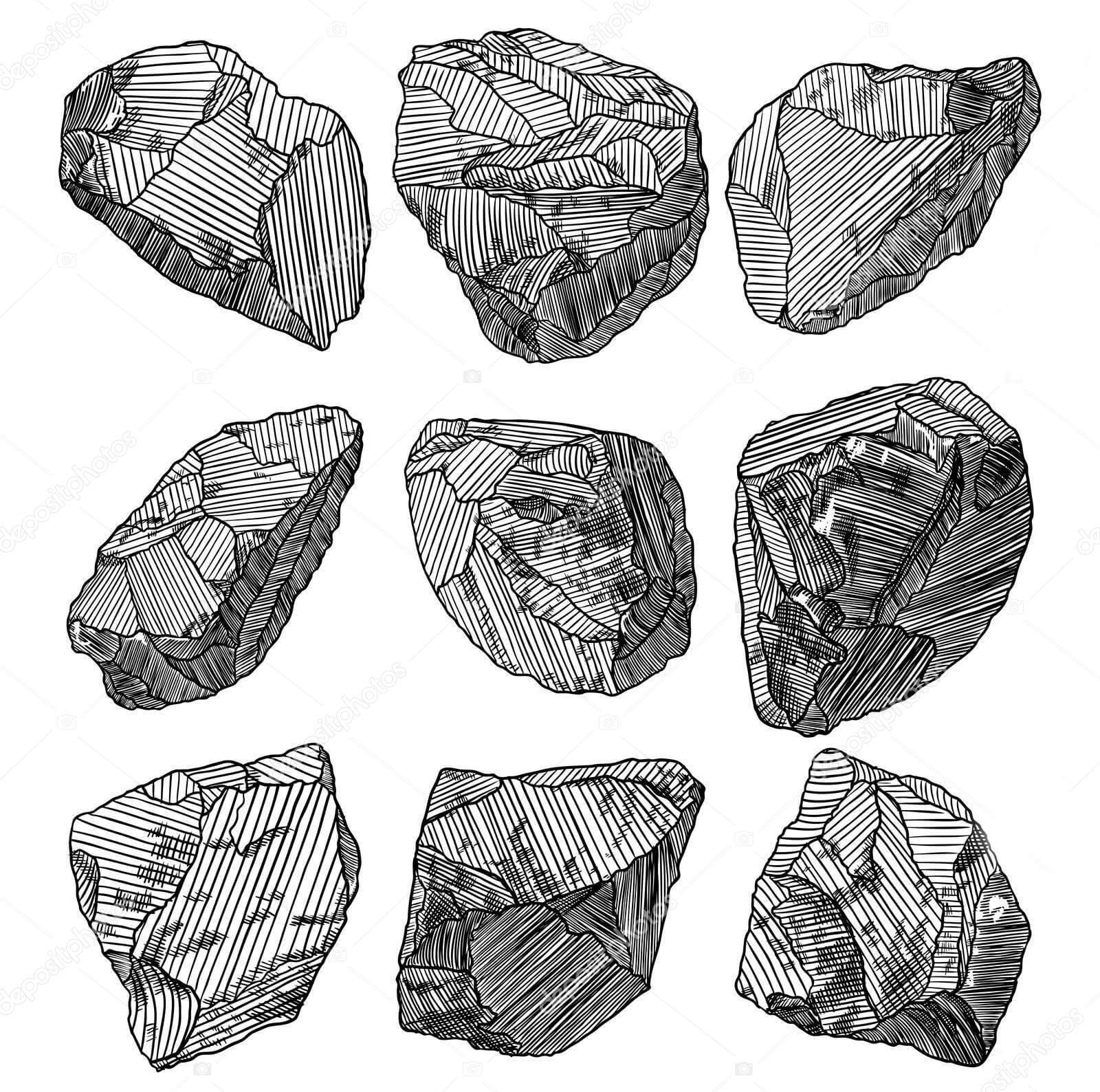

Where it leads…
Where this led, in the case of a small, sunken space with high retaining walls around it, was to a delightful and unique space. There are no jarring elements to the shapes as they are all consistent with the overall concept, despite their irregularity.
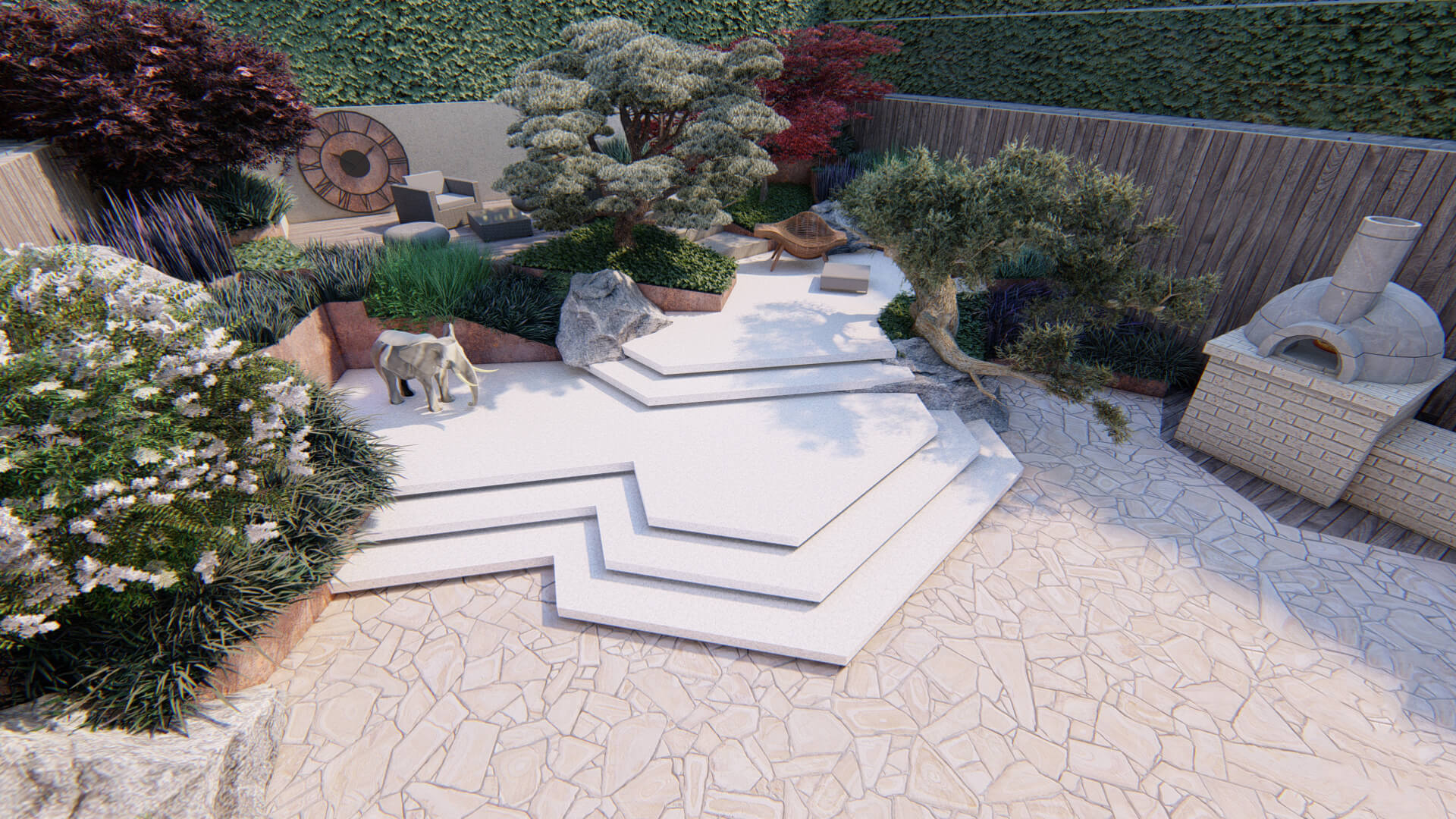

The Design Process
The concept design approach is only one part of the design, but it provides a useful skeleton from which to build out the overall geometry. Rather than just trying something, "feeling it", or using well known "styles", we seek inspiration from nature, from the local environment, or from something meaningful to the client.
Building this then out into a design that works on a practical level, is aesthetically delightful, and has the right "feel" requires a mix of skills and experience. We will explain more of this in the coming series of blogs "5 Steps to your Dream Garden" these will be on our news pages here shortly
CGLA are an award winning team of Garden Designers, Landscape Architects, Landscapers and Garden Maintenance Operatives working in Buckinghamshire, London and the South East, as well as on prestigious design projects across the UK and abroad. We are currently working in Oman, Jersey and France, and welcome enquires for design, landscaping or garden maintenance. Contact us here